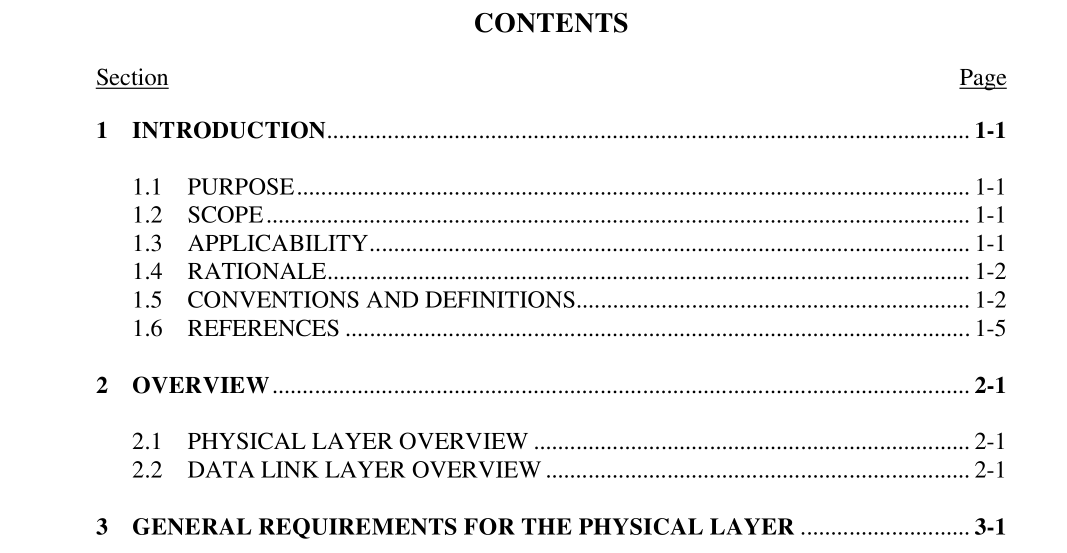ISO 21460:2015 pdf download.Space data and information transfer systems — Proximity-1 space link protocol — Physical layer
1.1 PURPOSE
The purpose of this Recommended Standard is to specify Physical Layer procedures used with the Proximity-1 Data Link Layer (references [3] and [2]). Proximity space links are defined to be short-range, bi-directional, fixed or mobile radio links, generally used to communicate among probes, landers, rovers, orbiting constellations, and orbiting relays. These links are characterized by short time delays, moderate (not weak) signals, and short, independent sessions.
1.2 SCOPE
This Recommended Standard defines the Proximity-1 Space Link Protocol Physical Layer.The specification for the channel connection process, provision for frequency bands and assignments, hailing channel, polarization, modulation, data rates, and performance requirements are defined in this document. Currently, the Physical Layer only defines operations at UHF frequencies for the Mars
environment. The Data Link Layer is defined in the two separate CCSDS Recommended Standards entitled,Proximity-1 Space Link Protocol—Coding and Synchronization Sublayer (reference [2]), and Proximity-1 Space Link Protocol—Data Link Layer (reference [3]).
This Recommended Standard does not specify
a) individual implementations or products;
b) implementation of service interfaces within real systems;
c) the methods or technologies required to perform the procedures; or
d) the management activities required to configure and control the protocol.
2 OVERVIEW
2.1 PHYSICAL LAYER OVERVIEW
Proximity-1 is a bi-directional Space Link Layer protocol for use by space missions. It consists of a Physical Layer (the subject of this document) and a Data Link Layer (references [2] and [3]). This protocol has been designed to meet the requirements of space missions for efficient transfer of space data over various types and characteristics of Proximity space links. Proximity-1 activities are divided between a send side and a receive side. The send side is concerned with the transmitted physical channel, and also with the acquisition of the received physical channel in order to establish a Proximity-1 link. The operation of the transmitter is state-driven. The receive side is concerned with the reception of data on the received physical channel: the input symbols stream and the protocol data units it contains. Once the receiver is turned on, its operation is modeless. It accepts and processes all valid local and remote directives and received service data units.
2.2 DATA LINK LAYER OVERVIEW
This subsection provides a brief overview of the Data Link Layer, with emphasis on the features relevant to the Physical Layer. For a fuller description of the overall Proximity-1 system, of the Data Link Layer and of its sublayers (see reference [3]). On the send side, the Data Link Layer is responsible for providing the coded symbols to be transmitted by the Physical Layer. On the receive side, the Data Link Layer accepts the serial coded symbols stream output from the receiver in the Physical Layer and processes the Protocol Data Units contained in it. Within the Data Link Layer, the Medium Access Control (MAC) Sublayer (reference [3]) and the Coding and Synchronization (C&S) Sublayer (reference [2]) have interfaces to the Physical Layer.
ISO 21460:2015 pdf download
